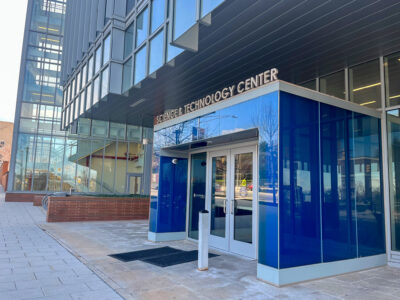With wound-tracking technology, Tissue Analytics aims to provide mobile tools that allow healthcare professionals to track and measure wounds. With a new feature, the Baltimore startup is adding 3D imaging.
The technology automatically creates a 3D model of a wound on a smartphone, according to CTO Joshua Budman. The image is generated from a five-second video. When it comes to tracking wounds, the need to measure depth and volume are particularly important, said Tissue Analytics CEO Kevin Keenahan.
“Our goal at Tissue Analytics is to completely standardize all aspects of wound documentation, and depth is an important metric for wound healing,” Keenahan told us via email. “We’ve recently done some work with Wound Care Advantage, demonstrating that initial wound depth is one of the best predictors of wound healing. Once we saw the results of that study, we spent many months building and validating a feature that could automatically measure wound depth and volume from a smartphone camera.”
The feature doesn’t require additional devices outside of a phone, which was key to opening up access to the technology to all clinicians currently using Tissue Analytics’ tools, Keenahan said.
Creating the feature was a team effort, as nearly all of the Inner Harbor–based company’s 22 employees were involved in creating the technology, Budman said. The imaging and data science teams developed the imaging component, while the mobile team built the video acquisition user interface. The web team incorporated the 3D visualization software into the web application, and the backend team moved the data through the application.
Here’s how Budman described the technology underlying the feature:
“The core technology is based on combining structure from motion algorithms, which are used in self-driving cars, with our machine learning algorithms. The core of the feature was built using Python. We utilize Javascript libraries to visualize the wound ‘mesh,’ which is effectively the 3D rendering of the wound in a real-world coordinate system.”
Join the conversation!
Find news, events, jobs and people who share your interests on Technical.ly's open community Slack

Baltimore daily roundup: Bowie State's esports reputation; AI impersonator arrested; EpiWatch names new CEO

Baltimore daily roundup: Real estate deal in the Peninsula; Missing $100M nitrile glove factory; Dirt bike clampdown

Baltimore daily roundup: Gen AI's software dev skills; UpSurge Tech Ecosystem Report; MD service year program


